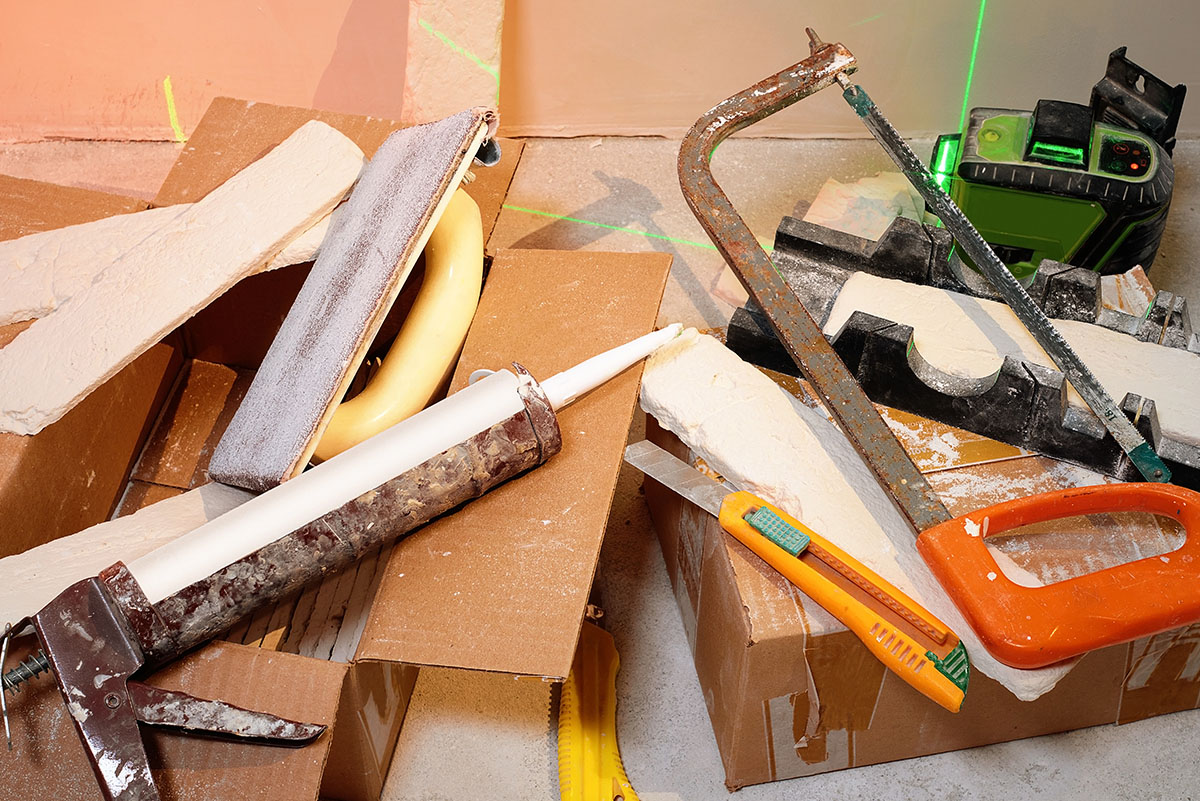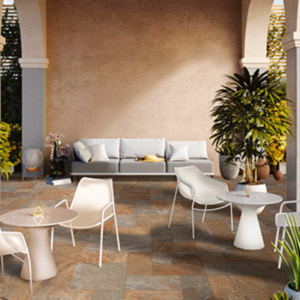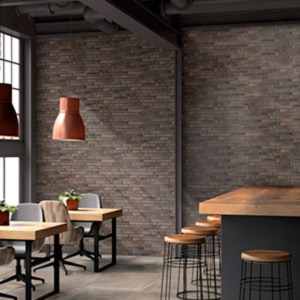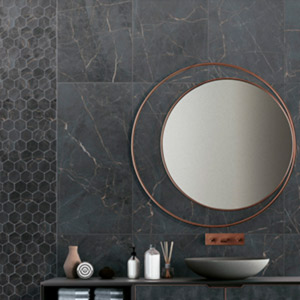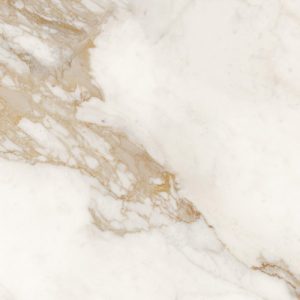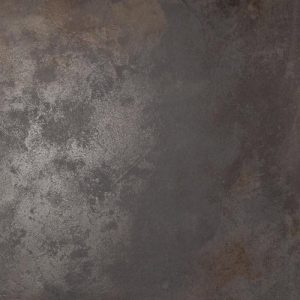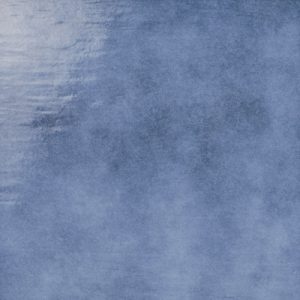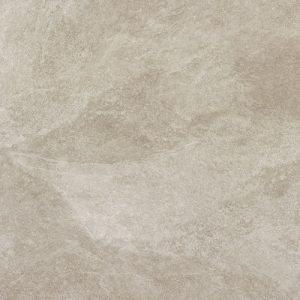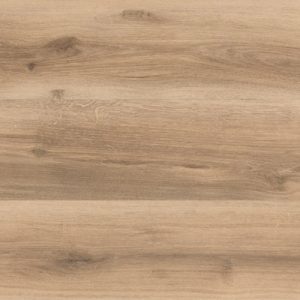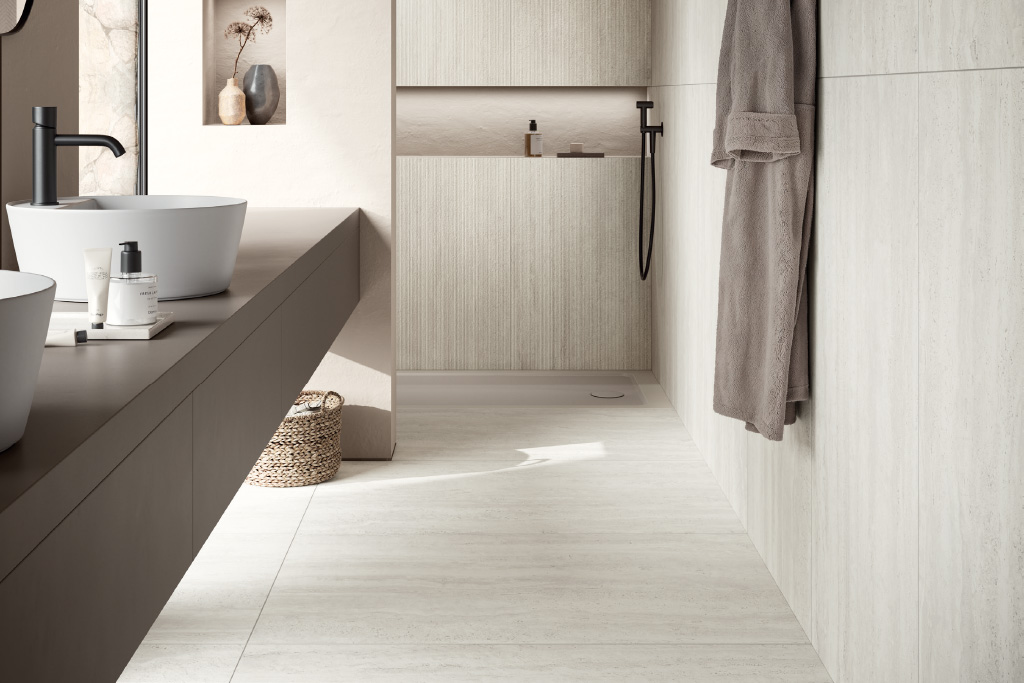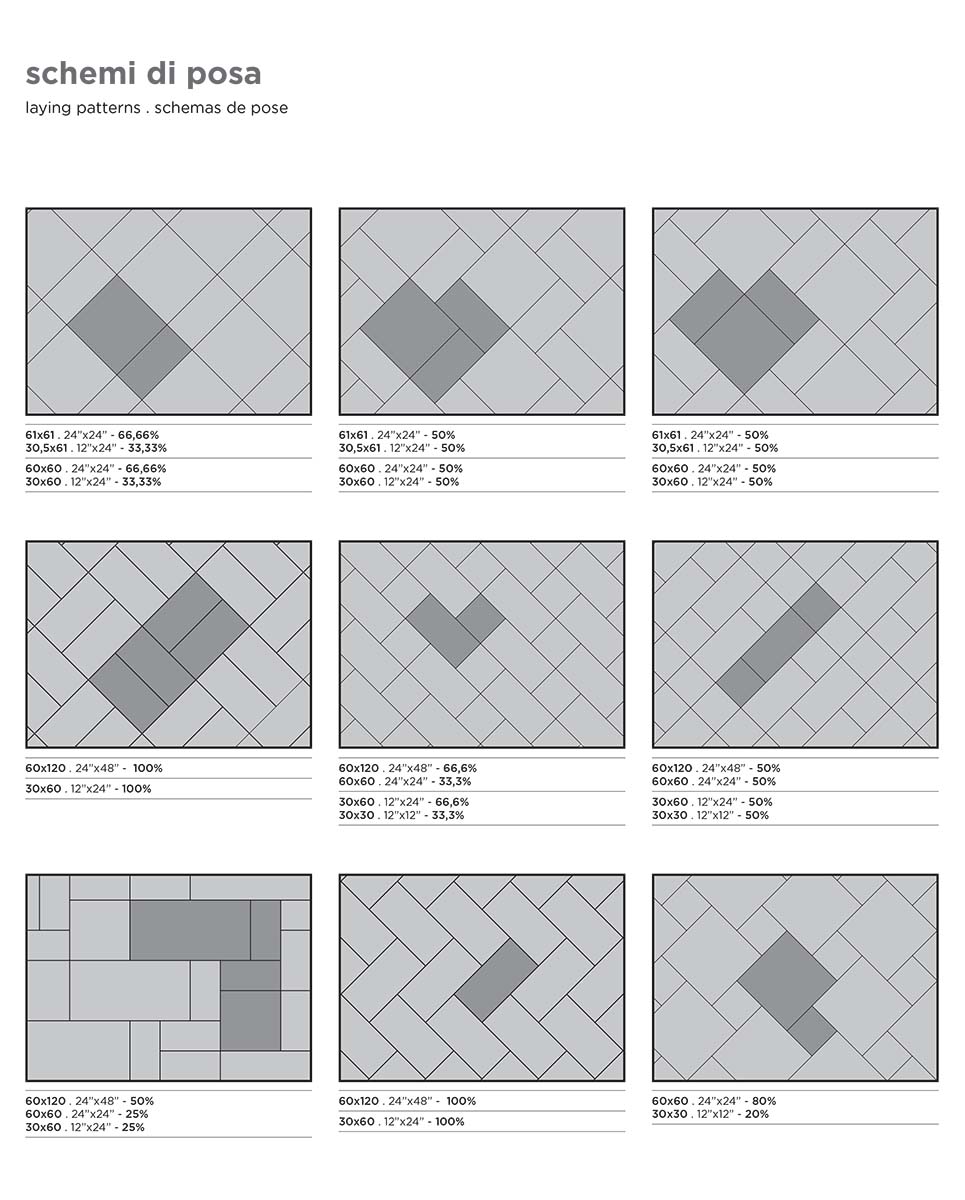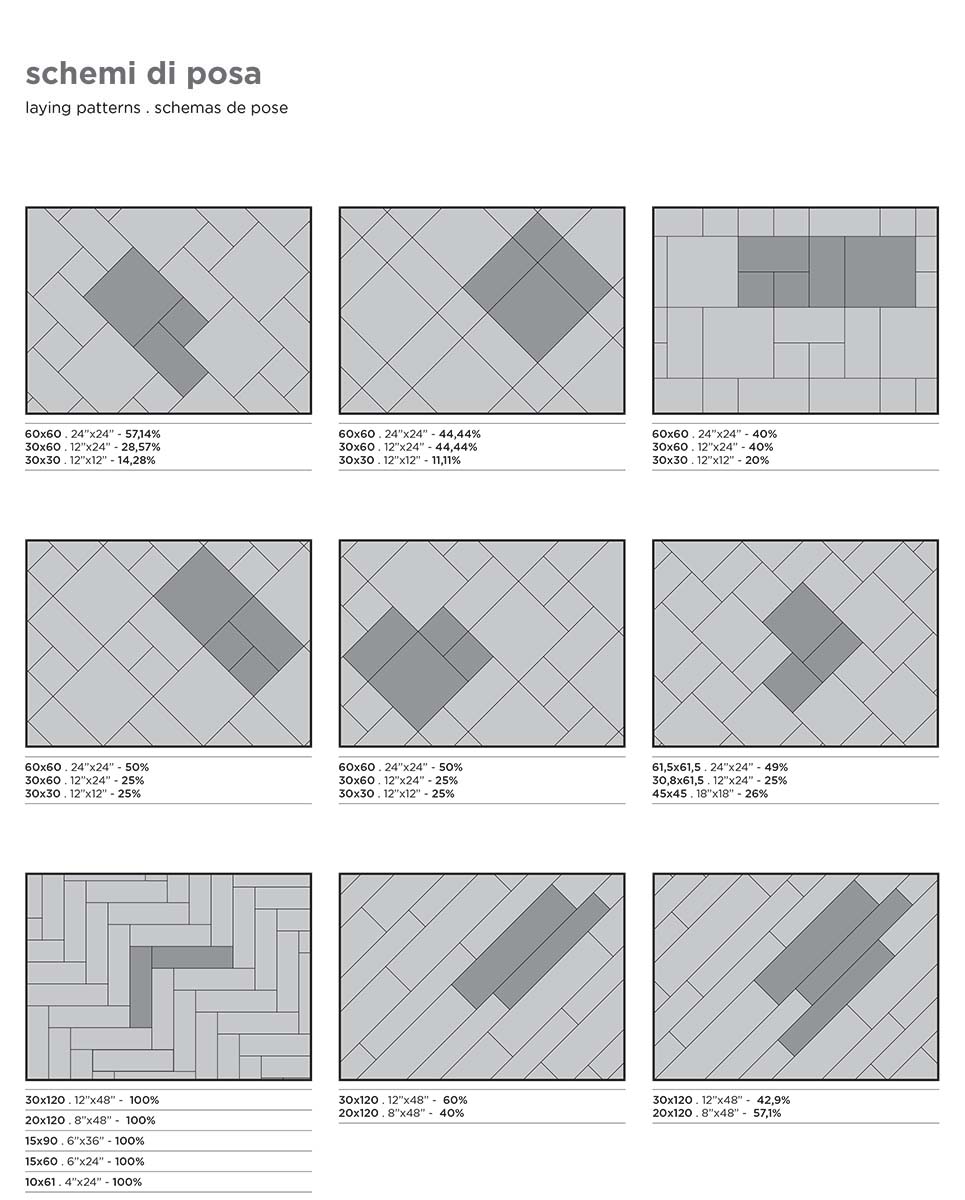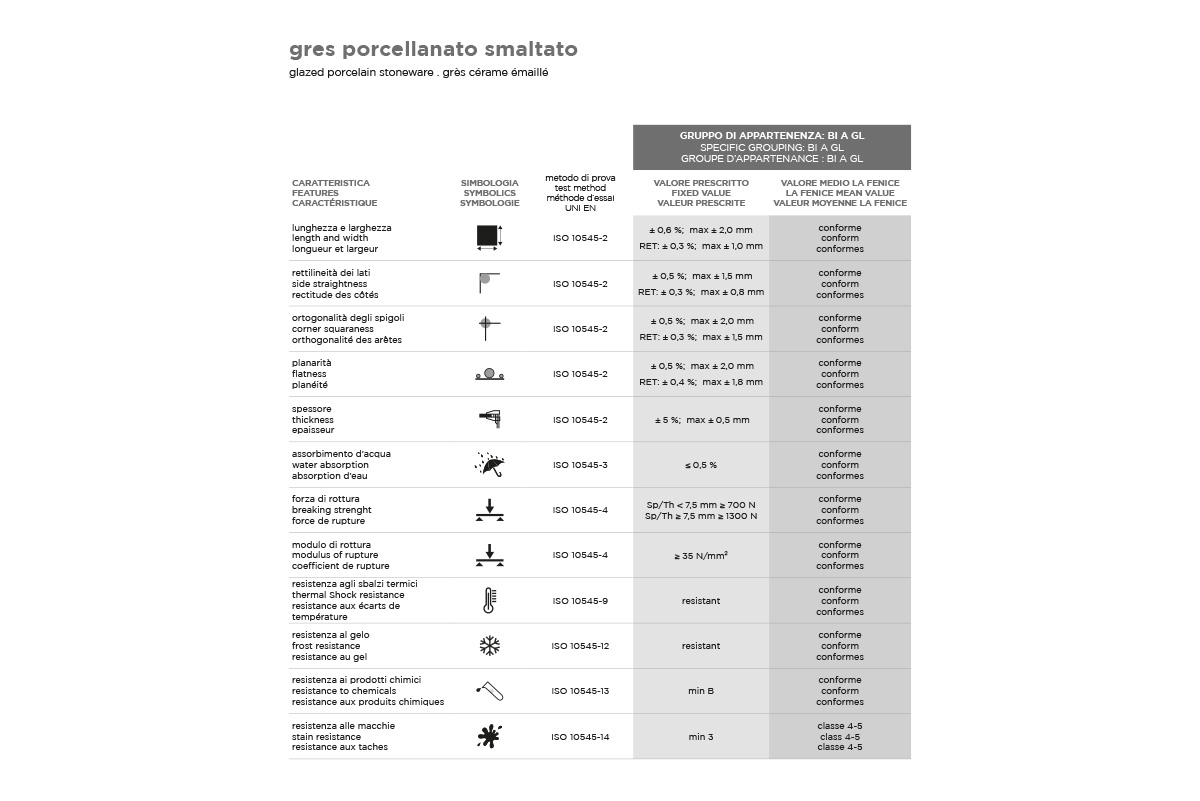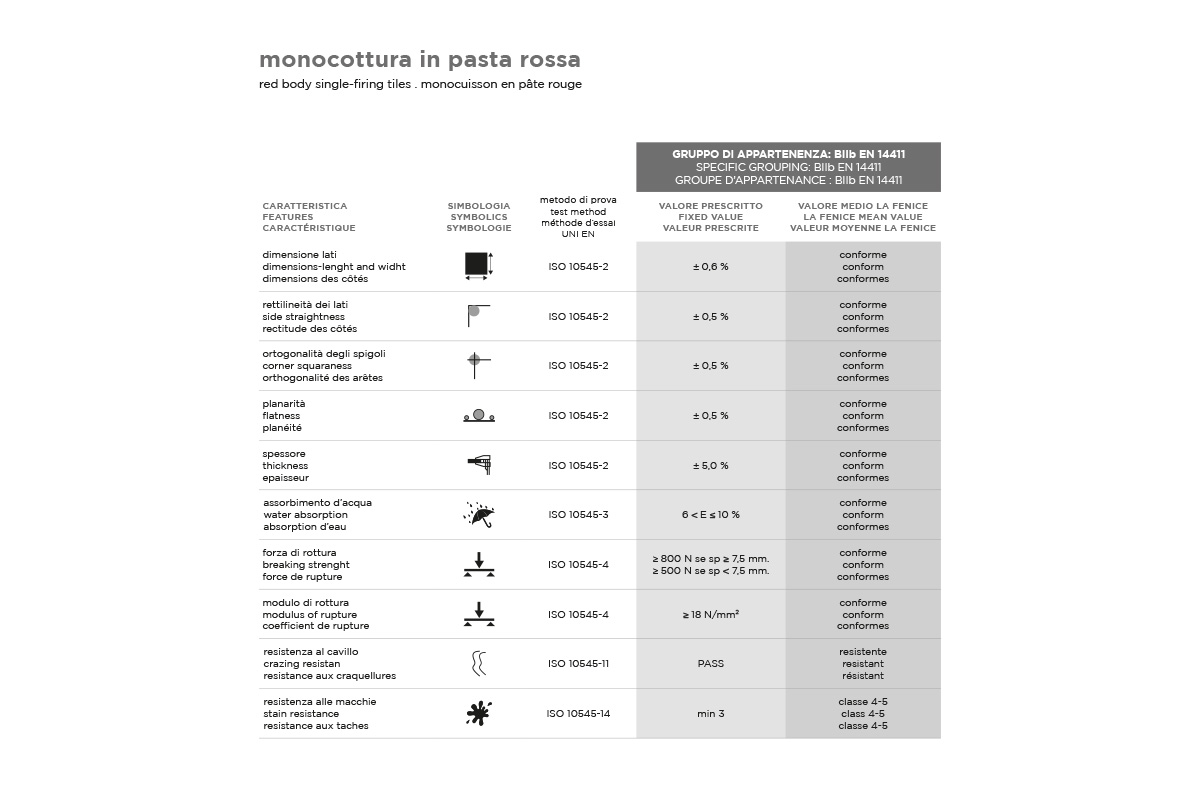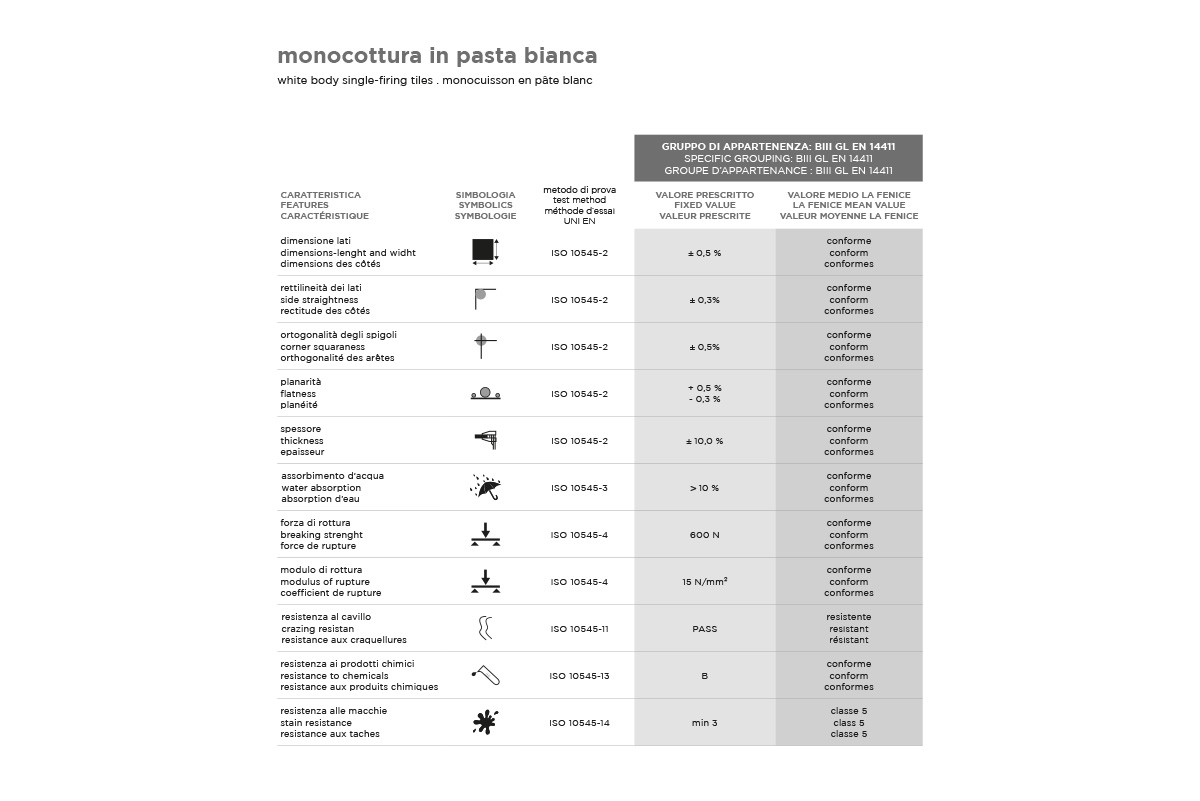Technical Area

It is always recommended to pay attention to the possible risks deriving from carrying out the work connected to the installation of the flooring:
-
- For all cutting phases, it is necessary to adopt working methods that prevent, as far as possible, the development of dust; in particular, wet or split cutting is recommended. Tiles are monolithic objects but could generate dust if they are dry cut (not recommended method) and could generate a potential danger due to the development of respirable crystalline silica. In these cases, protection of the respiratory tract, hands and eyes or dust extraction systems may therefore be necessary to prevent excessive exposure to suspended particles in the air.
- Follow similar precautions even when dust is produced by any other operation, such as demolition/removal projects.
- It is recommended to use special hand protection devices against the risk of cuts connected to work equipment and to the handling of broken or cut tiles which could be particularly sharp.
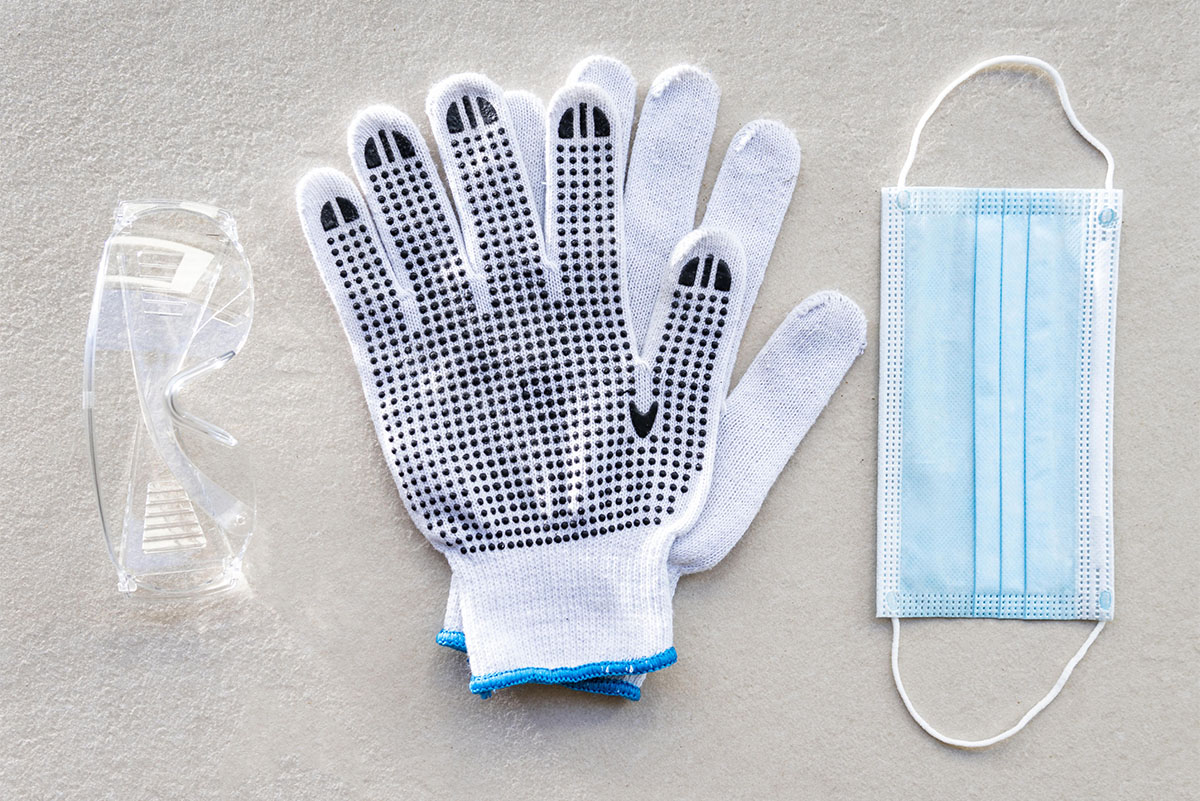
-
- When handling the material, we recommend the use of safety shoes to protect against falling objects.
- Protect your hearing when using noisy equipment.
- When handling packs or boxes of tiles, check the weight of the material and adopt specific methods in order to avoid risks from manual loads handling
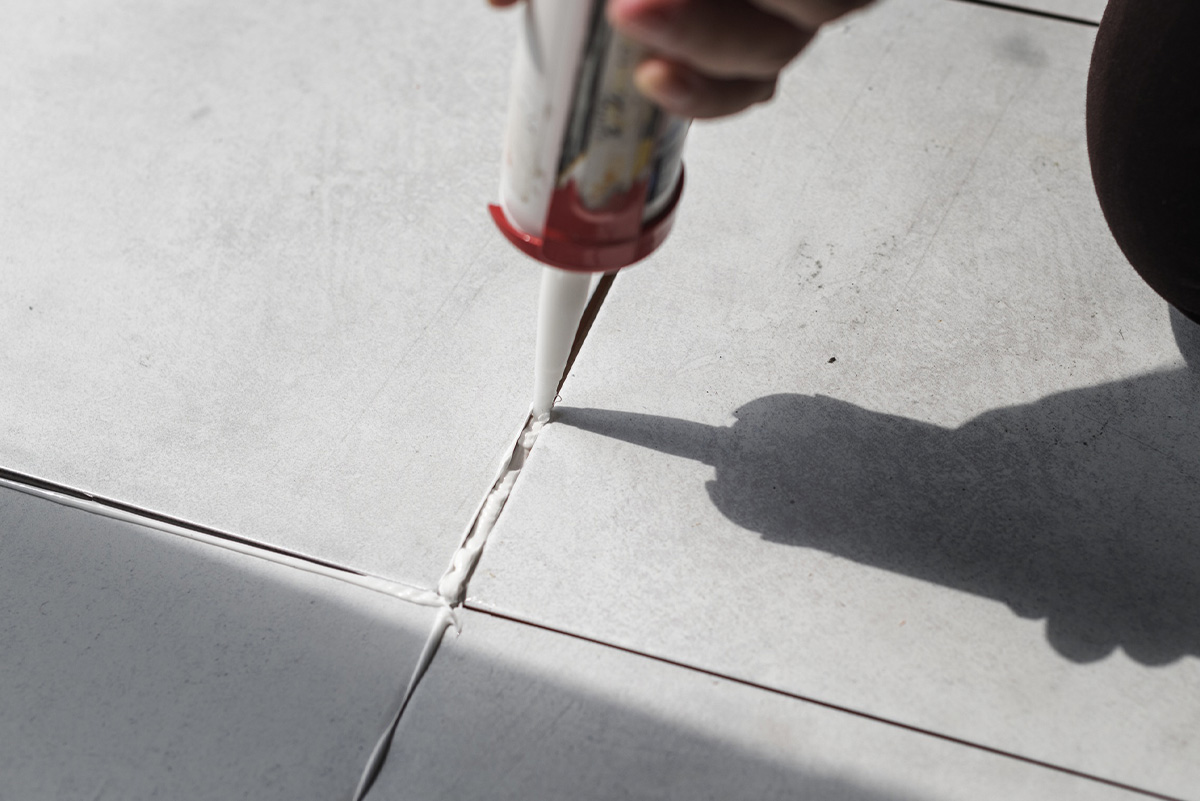
The width of the joints must be established in the project, considering a multiple series of aspects such as:
- type and format of the tiles
- dimensional tolerances of the tiles
- mechanical properties of the installation materials (adhesive, joint material)
- mechanical characteristics (rigidity, dimensional stability) of the floor
- target environment (internal/external)
- expected operating conditions
We recommend to use a joint of at least 3-4 mm for non-rectified porcelain stoneware materials and at least 7 mm for single-fired red body materials.
For the installation of rectified materials it is advisable to maintain a minimum joint of 2 mm.
As regard to the materials with long and narrow
rectangular sizes , in particular the sizes 15×60 cm, 15×90 cm, 20×120 cm, etc., it is advisable to lay the material with break of 6 to 15 cm as shown in the method below.
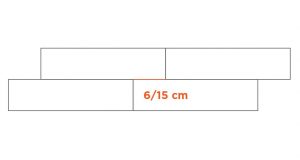
For rectangular or large sizes materials, in order to guarantee the best aesthetic result, the use of wedges or other self-levelling systems is recommended
The installer is also responsible for the care and protection of the work and materials during and after installation and up to delivery.
Careful protection of the layed floor is recommended and if it is necessary to carry out other work on site, it is advisable to cover the floor to protect it once the installation has been completed.
Correct execution of the installation operations is essential to ensure a perfect final result.
The installation must be carried out by qualified personnel who, in addition to the correct execution of the installation work in accordance with the project, is also responsible for verifying the quality of the materials (tiles, adhesives, etc.), the state of the support, the storage of the materials… When choosing the most suitable adhesive and methods of application, it is advisable to follow the instructions of the company producing the adhesive.
In order to avoid cracking and lifting, it is necessary to provide the correct design and execution of the joints, having a decisive influence on the quality and durability of the laid materials. The tiles must be taken from different boxes and always checked before laying.
A specific tiling direction is not recommended but the installer should check for possible differences in shade and color on the product before laying.
In the presence of defects, the installer is required to report them before starting the installation.
Any complaints about already laid material will therefore not be accepted.
Title
Once the installation is completed, the installer must carry out a thorough cleaning to remove films and residues of mortar, glue and grouting remained on the installed floor.
This cleaning is of fundamental importance to obtain a high aesthetic effect as well as guaranteeing A greater resistance to stains and dirt.
This cleaning must be carried out carefully and in a workmanlike manner with specific products, scrupulously following the suppliers’ instructions for use, so that any residue of mortar, glue or filler is eliminated.
Washing the floor only with water is not sufficient, and the use of overly aggressive substances is also inadvisable.
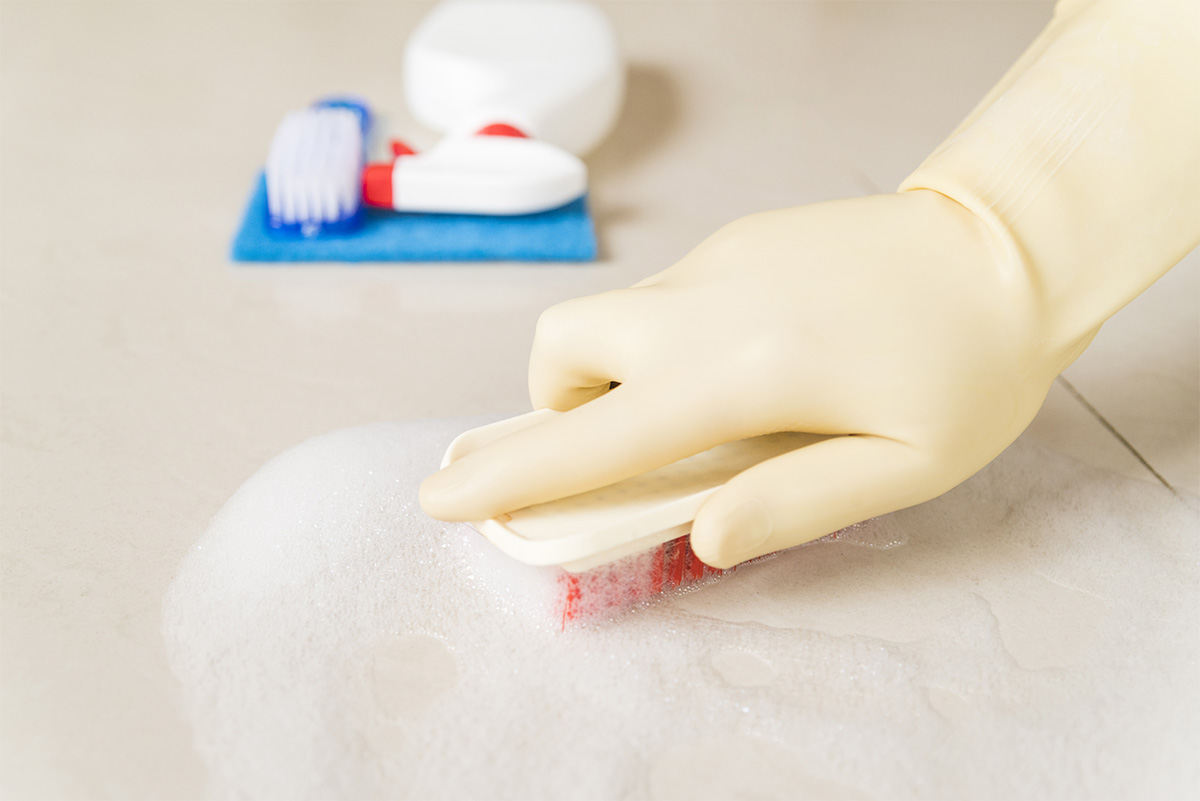

Use more aggressive detergents only and exclusively in case of particular, very persistent or difficult to eliminate stains, diluting them according to the manufacturer’s instructions and depending of the type of dirt to be eliminated.
Never use products that contain hydrofluoric acid In case of polished and/or lapped porcelain stoneware floors, it is advisable, to preserve the original shine of the floor for as long as possible, to protect the entrance to the paved room, especially if this is in direct communication with external environments, with a doormat that can keep dust or other abrasive substances off the floor so much as possible, use soft, clean footwear and, after washing, spread evenly a common waterproofing product.
Steam can be used to deeply clean the joints. Direct the jet on the joints and let act the heat At the end of the operation, wipe with a dry cloth to have clean and sanitized joints and tiles.
After the post-installation cleaning, the floor is ready for use and the only thing to do is to a periodically simple routine maintenance.
Most stains and dirt can be removed simply with warm water. The use of microfibre cloths can quickly remove dirt and any surface residues, and allows you to clean the surface without using any detergent:
Alternatively, you can use water and neutral, waxfree, highly diluted detergents.
This allows you to limit the use of products or chemical substances that are dangerous for people and could pollute the environment.
The primary packaging of the material is made of 100% recycled and recyclable cardboard. Even the packaging used for the protection and shipping of the material (plastic and wood) can be sent for recovery activities.
It is recommended to carefully divide the different packaging materials (paper, plastic and wood) and dispose them according to the methods established by the country/municipality in which you operate.
The scraps and waste of tiles resulting from installation activities, as well as those resulting from demolition activities, are totally inert materials and can be delivered to specialized and authorized companies that reuse them for various activities.
